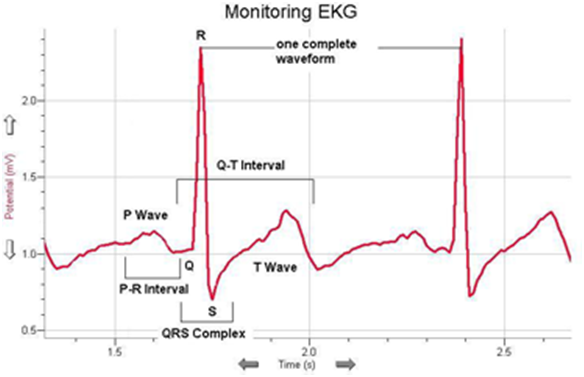 |
Lab
Summary The initial stages of the lab are an adaptation of University of Oregon’s Workshop Biology. This lab begins with an open-ended exploration of the vertebrate heart (a sheep heart). Student begin their dissections with no terms, no diagrams, and no directions, save to make careful observations of how the heart is structured. They will be encouraged to formalize their observations with drawings and descriptions. Several leading questions encourage them to infer the function of the different areas of the heart, and the path of blood flow. The idea of “double-loop” blood flow was unfamiliar to most students in the Workshop Biology course, and has been shown to be a source of misconceptions (Arnaudin & Mintzes, 1985). Terminology is introduced as it facilitates discussion about the different parts. This initial student-direct inquiry sets the stage for a follow-up investigation in which students use Vernier Blood Pressure and EKG sensors to test student’s predictions about how blood flows through the heart. The investigation can then leads to dissections of other invertebrates and vertebrate animals to compare form and function across groups. |
Conceptual
Learning Objectives - Upon completion of this
lab, students should be able to
- draw a mammalian heart and trace the pathway of blood through the various chambers and vessels.
- use mammalian heart anatomy to infer the function of the heart.
- discuss the concept of the double loop of the mammalian heart and its significance regarding blood oxygenation and pressure.
- discuss the relationship between the electrical excitation of the mammalian heart muscle (EKG) and blood flow through the heart.
- explain systolic and diastolic pressure measures in the context of the heart cycle.
- discuss when heart sounds are produced in the heart cycle and why.
Scientific Skills - In this lab students
practice and receive feedback on
- generating hypotheses regarding heart function from observations of structure.
- testing hypotheses using various measurements of heart function and draw conclusions.
More traditional anatomy labs begin with the manual showing diagrams of the heart, labeling the major structures with their anatomical names, and instructing the students in how they should proceed with the dissection and what they should expect to observe. The focus for these more traditional labs is on identifying and naming parts and learning functions. This lab will instead operates under the premise that identifying parts and memorizing functions is secondary to understanding how the form of the heart relates to its function. Predictions about heart function are then tested by exploring circulatory system measures (EKG, blood pressure, heart sounds etc…).
Instructional Resources
- An instructor guide which provide lab instructors with lab preparation instructions, suggested materials, learning theory and pedagogical suggestions.
Required Materials
- Vernier Data Loggers and sensors (EKG, blood pressure)
- Stethoscopes
- Sheep hearts